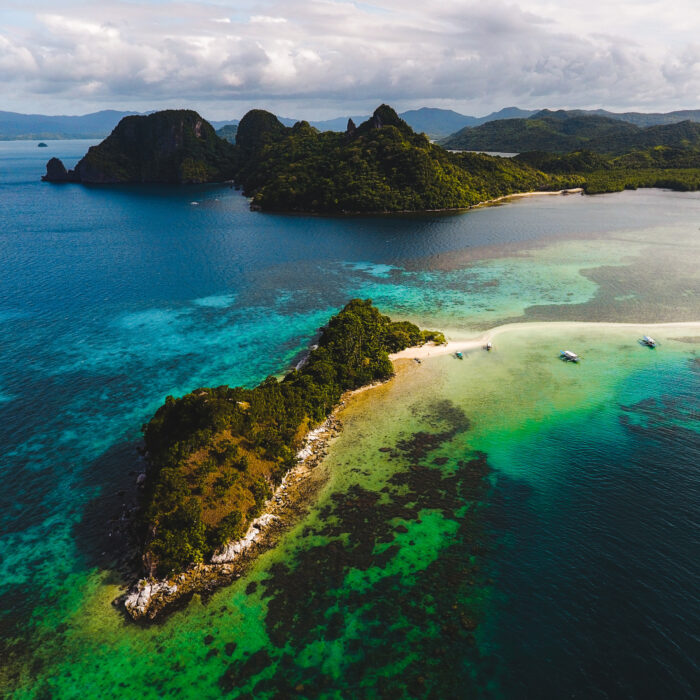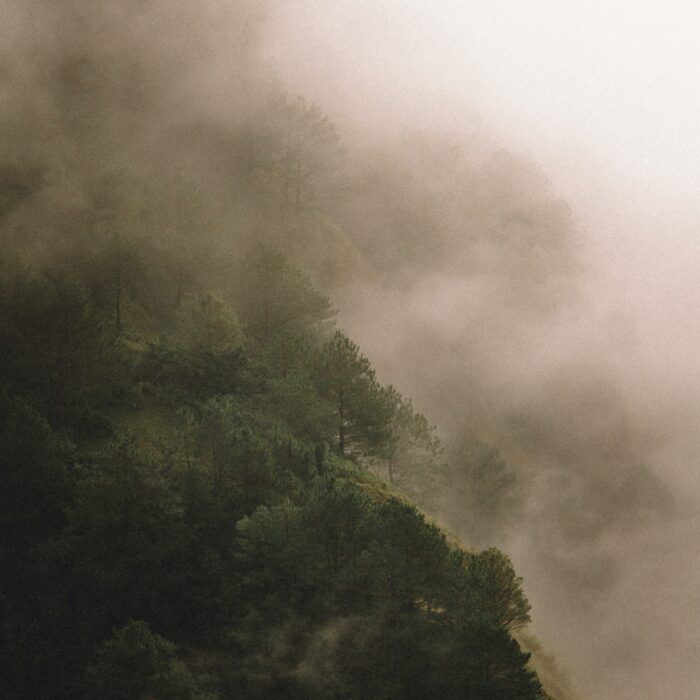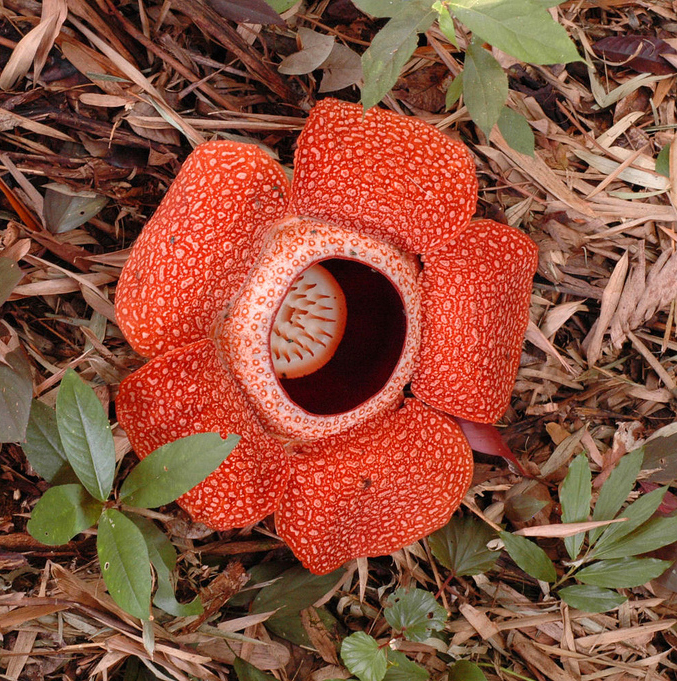EcoRegions

Hundred Islands National Park
Geologists believe these 124 islands (123 during high tide) are 2 million years old. Ancient coral reefs abound here, extending inland in this largely undeveloped area.

Initao-Libertad National Park
Ecotourism plays a role in the protected area where the Lasang Secret Adventure Park helps protect the last remaining stand of old-growth forest in the province.

Balbalasang-Balbalan National Park
Containing some of the most intact pine forests remaining in the Philippines, this protected area is also home to a newly discovered species of flower: the Rafflesia.